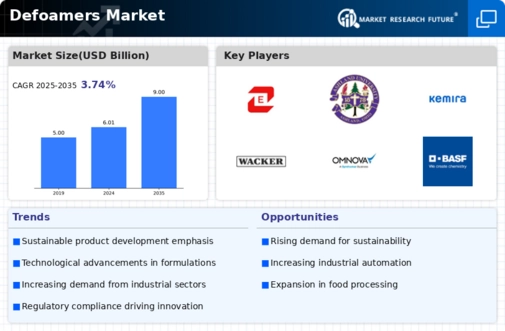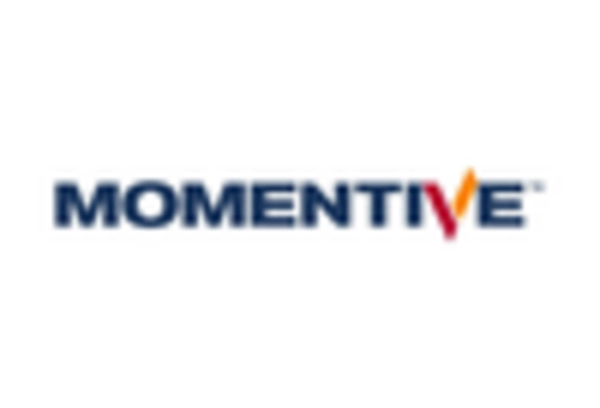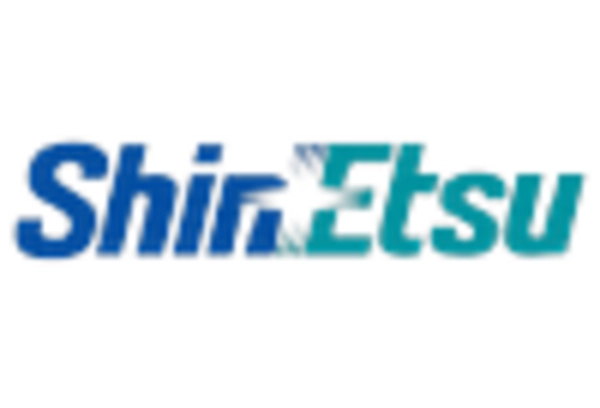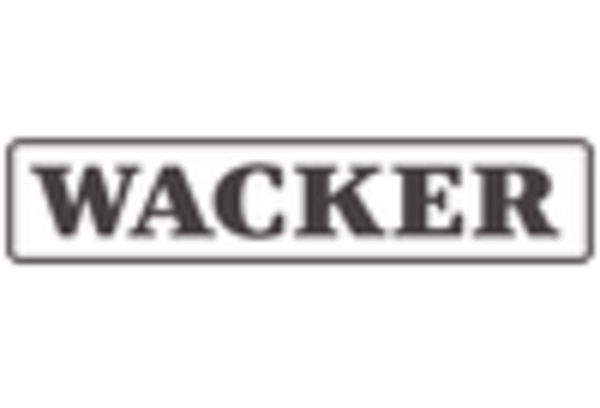Market Analysis
In-depth Analysis of Defoamers Market Industry Landscape
The necessity to regulate and get rid of foam in different industrial processes is what motivates the widespread use. Expense is still a major issue affecting how the defoamers business operates. Businesses look for affordable options that offer the best possible foam management without sacrificing performance. In their product offers, manufacturers have the difficulty of striking a balance between price and performance. The market dynamics affecting the oil and gas industry, a major user of defoamers, are impacted by changes in oil prices. The energy sector's economic conditions can therefore have an impact on the need for defoamers in procedures such as drilling and extraction. The need for defoamers is growing as sectors such as food & beverage, pharmaceutical, and water treatment develop internationally. The defoamers industry is growing because of the necessity for effective foam control in production processes like printing, coating applications, and fermentation. The constant progress in manufacturing technology and formulas is influencing the defoamer market dynamics. In response to concerns about sustainability and performance, manufacturers are spending money on study and development to produce defoaming chemicals that are both more ecologically friendly and effective. Strict environmental laws controlling emissions as well as waste disposal have an impact on the market. Biodegradable and environmentally friendly defoamers are becoming more and more popular as businesses look for ways to meet environmental requirements and standards. The defoamers market is significantly impacted by supply chain globalization. The need for defoaming agents is rising in areas that are rapidly industrializing and expanding economically because of businesses increasing their presence in new markets. The popularity of water-based defoamers can be attributed to their eco-friendliness and versatility. The need for water-based defoamers is going to rise as industries transition to more environmentally friendly methods, especially in the paint and coatings industry. In the defoamers market, innovative products and customization are vital. Enterprises that can provide specialized solutions that meet certain industry demands and difficulties have a competitive advantage. For market participants, continual creativity in product compositions and delivery methods is essential.

















Leave a Comment